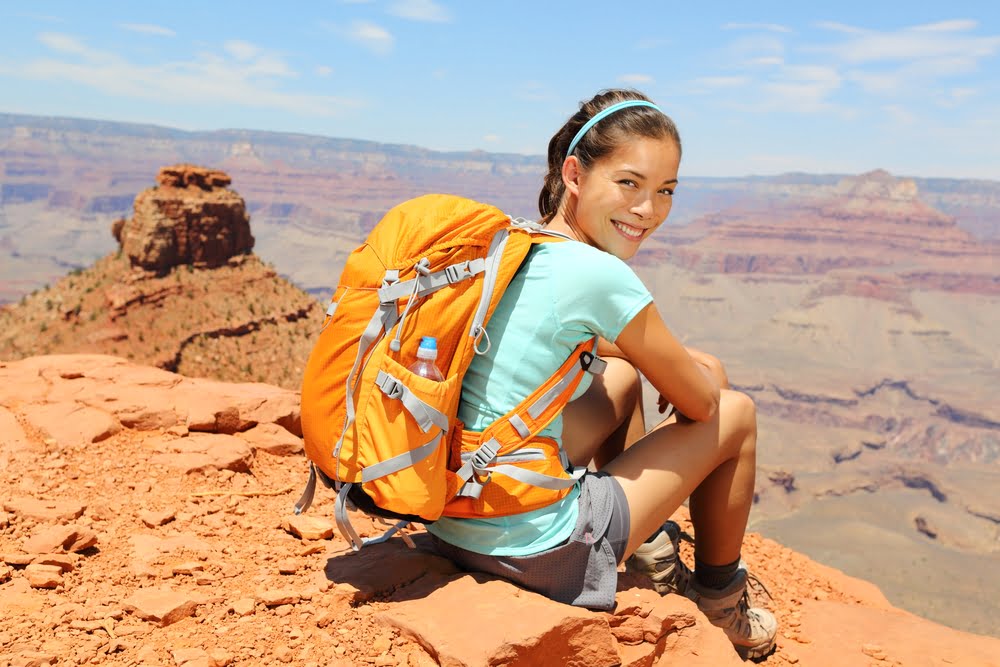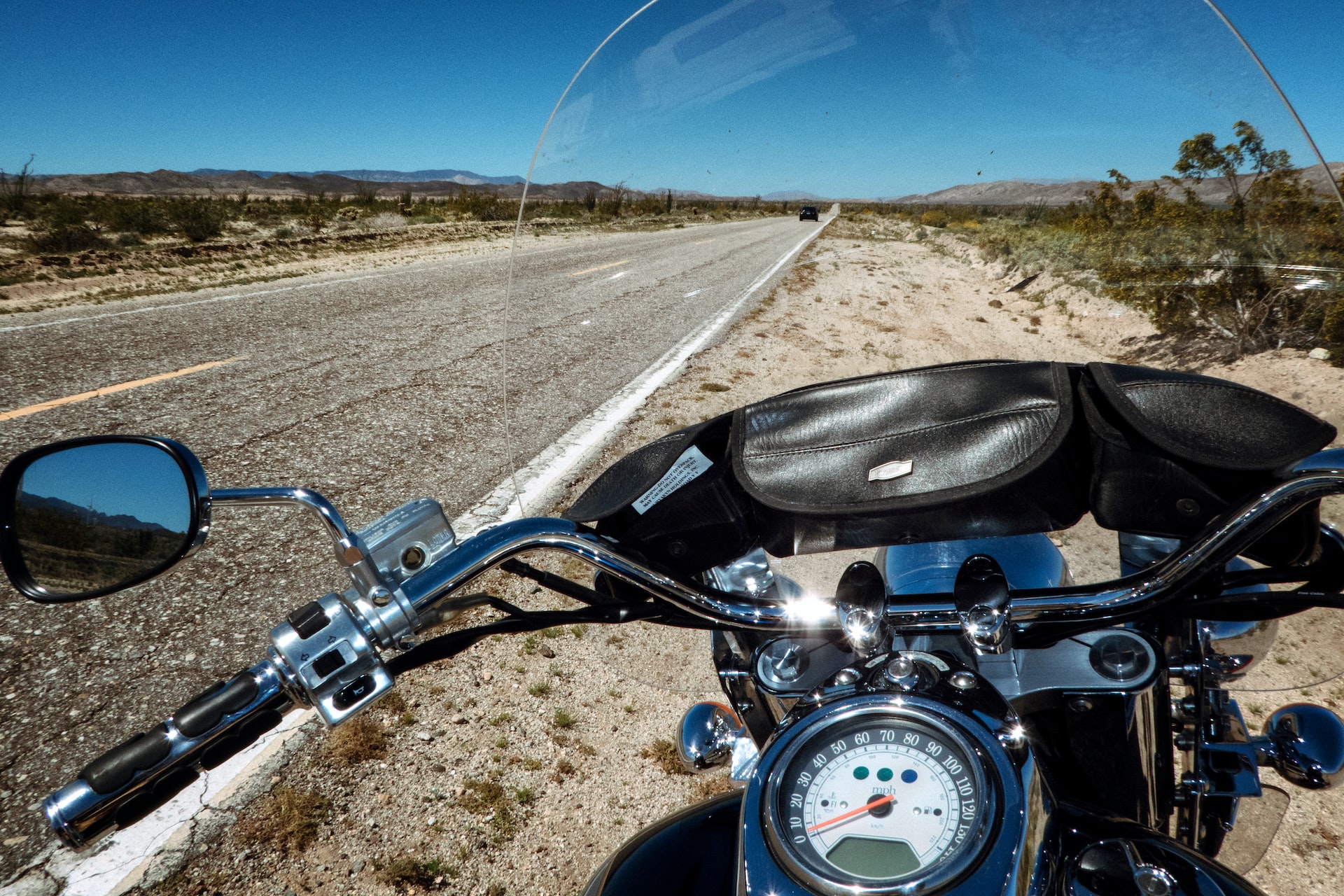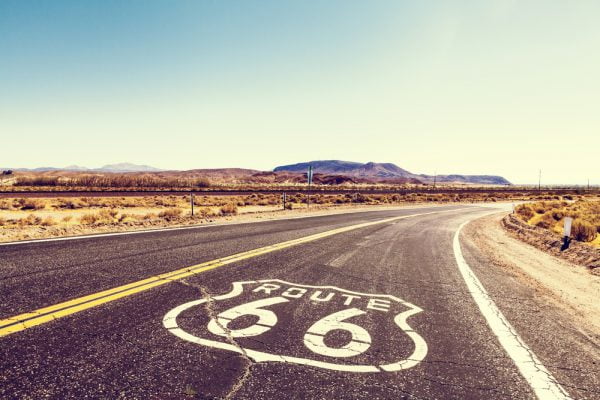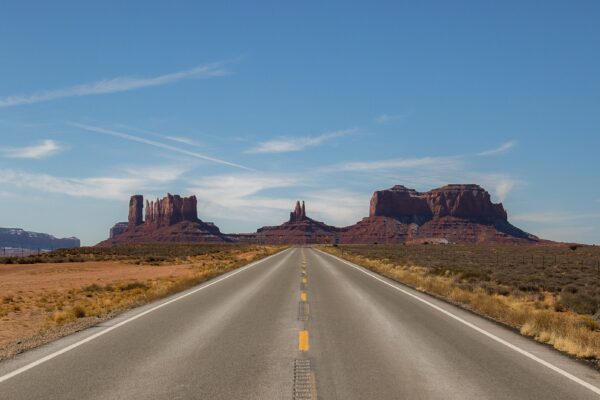

For thousands of years, humans have been fascinated by the Grand Canyon. Widely considered one of the seven wonders of the natural world, the Grand Canyon is visited by more than 5 million people every year – that's almost the same number as the population of Queensland!
With Route 66 Tours, you'll get the opportunity to see the Grand Canyon in all its glory, the sun rippling over the rich red rock. Although most people know what the Grand Canyon looks like, the natural landmark certainly holds a few secrets. Here's everything you need to know about this special northeastern Arizona location before you go.
How did it form?
It might come as a surprise, but the Grand Canyon started life as an ocean – home to many prehistoric animals that are long extinct. Over the course of millions of years, sediment such as rock and soil at the bottom of this ocean were shifted upwards by the Earth's surface, eventually forming towering mountains.
As a result of erosion, mostly from the Colorado River, these mountains were slowly carved away – building steep vertical rock walls and deep valleys. Since this part of Arizona rarely receives rainfall and loose soil is limited, the valleys have remained narrow and imposing.
The Grand Canyon – by the numbers
Do you know how big the Grand Canyon actually is? At its widest point, the Grand Canyon stretches 29 kilometres across and 6.4 kilometres at its narrowest point. Furthermore, it drops up to 1,800 metres deep and is 466 kilometres long in length.
These numbers might not seem impressive now, but wait until you see it in person on your tour – the canyons seem to continue forever.
What can you do at the Grand Canyon?
There is no doubt that you'll leave the Grand Canyon with a few stunning photos of this amazing environment. However, if you have a little more time to spend on this part of the country, it's also worth getting into the national park itself and exploring it in more depth.
Take a hike on one of the many trails, enjoy a quiet horse trek, or ramp up the excitement on a raft down the rapids. You could even stay a few nights out in the wilderness, either camping or at one of the many lodges scattered around the national park. Just make sure you tell someone where you're going – you don't want to get lost in the Grand Canyon.
What animals live in the Grand Canyon?
The Grand Canyon is home to many different animals, all adapted to living in this hot, dry environment. Remember to keep your eyes peeled and camera ready.
- Mammals
Close to 100 species of mammals live in the Grand Canyon, with the national park offering greater diversity than Yellowstone. While you're bound to see deer, elk, and squirrels on a visit, bison, coyotes, foxes, mountain lions and bobcats all roam the park.
- Birds
The Grand Canyon is regarded as a Globally Important Bird Area – home to around 447 known species.
This includes Birds of Prey such as the California Condor and Mexican Spotted Owl and Riparian Birds such as the American Dipper, Belted Kingfisher and Southwestern Willow Flycatcher.
- Reptiles
We might be used to reptiles back home, but the Grand Canyon is certainly up there for the number of reptile species. A total of 22 snake, 18 lizard and one tortoise species call the hot Grand Canyon home and at least one, the Grand Canyon rattlesnake is found nowhere else on the planet. Of course, many reptiles in the national park are poisonous so remember to keep your distance!
- Invertebrates
Good luck trying to find all 1,443 known invertebrate species inside the Grand Canyon. These animals are critical to the ecosystem, ensuring that the environment remains functional. Some of the best ones to keep an eye out for include the Bark Scorpion, Darkling Beetles, Tarantulas, Tarantula Hawk and Greenish Blue Butterfly.
Is the Grand Canyon haunted?
During the day, the Grand Canyon is all inspiring with its high red walls, deep valleys and birds singing in the tree line. However, when the sun sets, the Grand Canyon is certainly a quiet place – almost eerie. Since 1869, there have been at least 770 deaths in the national park, providing plenty of scope of ghostly and unexplained occurrences.
From the haunting reports at The Grand Canyon Cavern Suite to apparitions at various locations around the national park, you need to keep your senses about you (if you believe!).
There have also been many reports of Bigfoot sightings at the Grand Canyon – a bipedal humanoid that towers up to three metres in height. Although little physical evidence has been collected on Bigfoot, it's these types of legends that reinforce the aura of the Grand Canyon.
If you want to see this natural wonder for yourself, get in touch with the team at Route 66 Tours today!







